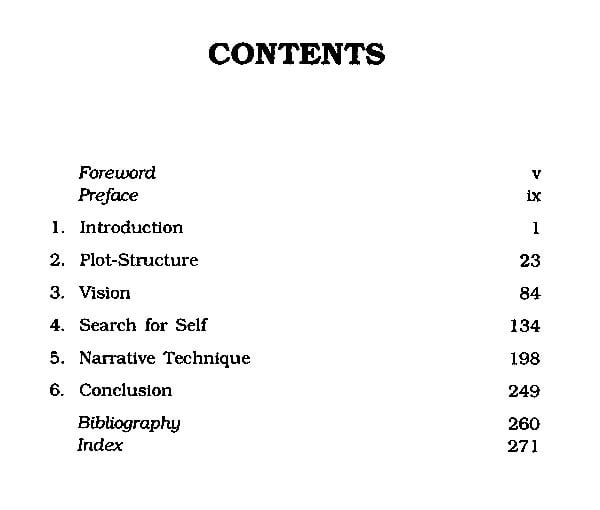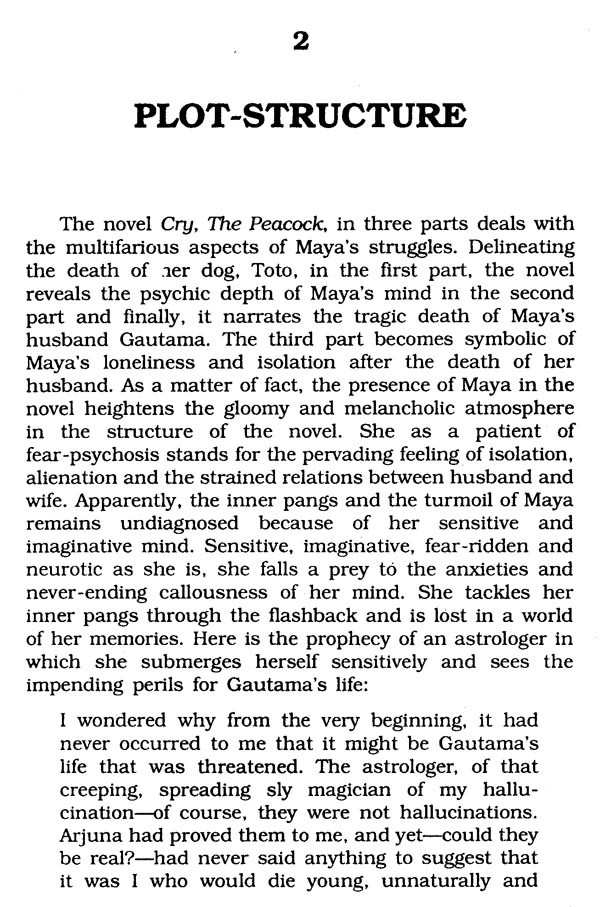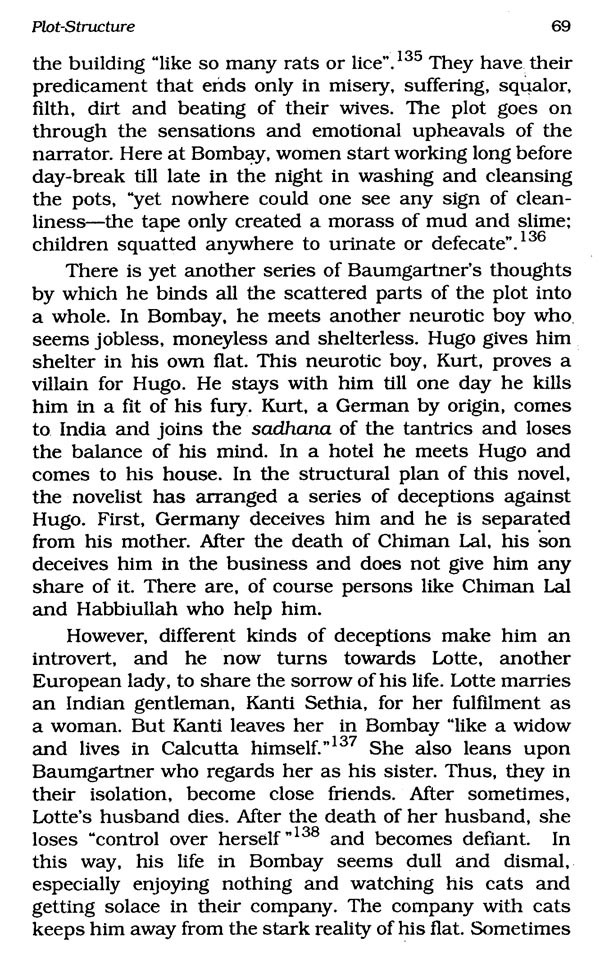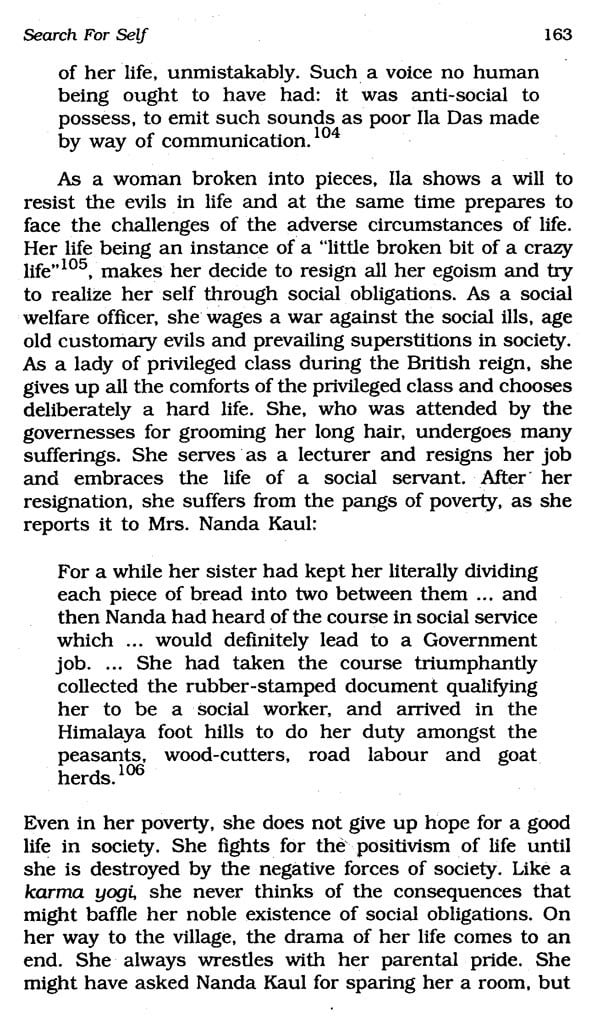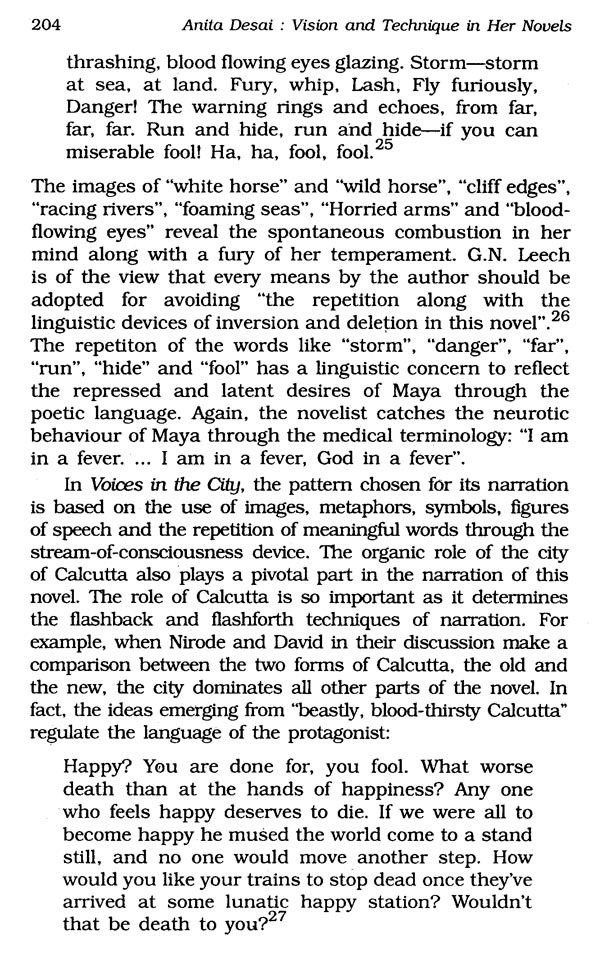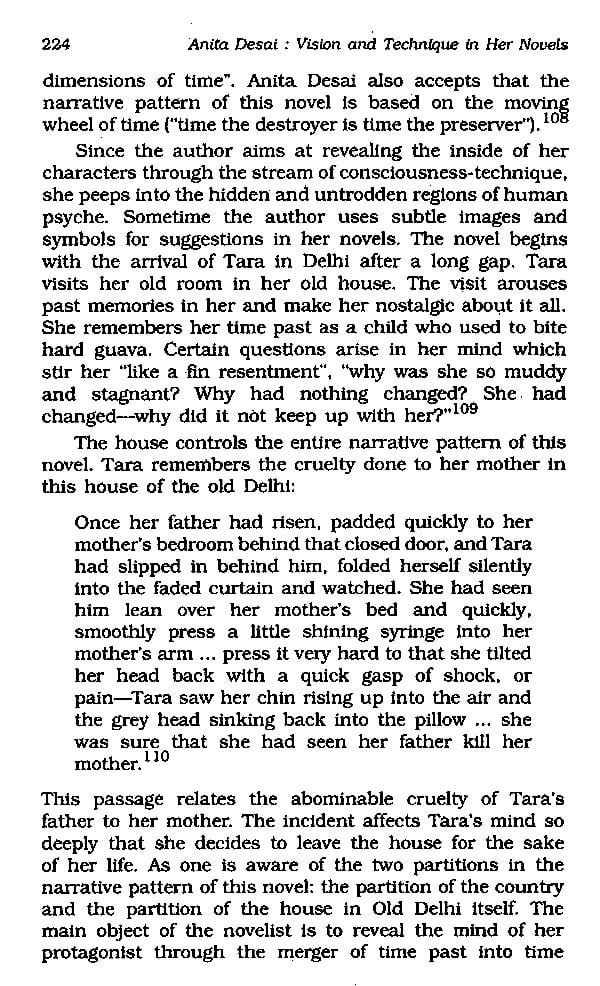
Anita Desai- Vision and Technique in Her Novels
Book Specification
| Item Code: | AZE506 |
| Author: | O.P. Budholia |
| Publisher: | B.R. PUBLISHING CORPORATION |
| Language: | ENGLISH |
| Edition: | 2010 |
| ISBN: | 9788176467124 |
| Pages: | 288 |
| Cover: | HARDCOVER |
| Other Details | 9.00x6.00 |
| Weight | 450 gm |
Book Description
As Desai explores the hidden motives of man, the untraded and unvisited regions of human psyche, she becomes symbolic and suggestive in dealing with the predicament of man vies-a-vies the social forces that subvert the protagonist’s progression in society. Almost all the protagonists of Desai have been entrusted with a Herculean task to work for their identity in society they belong to. They meet failures and disappointments while waging war against the negative and cruel social forces; but the failures and disappointments do not deter them from the persuasiveness of their objectives. The defeat, failure and disappointment make them suffer, but they suffer with tragic dignity. Thus, their sufferings, their indefatigableness, and their ceaseless strivings to exist in society make the novelist use the poetic and symbolic language almost in all her novels.
O.P. Budholia, Assistant Professor in the Department of Postgraduate Studies and Research in English, Govt. KR.G. College, an autonomous College of Jiwaji University, Gwalior, has been teaching undergraduate and postgraduate classes for the last twenty-two years. He holds his Ph.D. Degree from Jiwaji University. Gwalior (M.P.). He has participated in many national Seminars and Conferences He is an Assistant Editor of the scholarly literary journal, Points of View. He is also on the Board of Advisors for an International literary journal, The Quest. Till date, Dr. Budholia has published many research papers and articles on English Literature, Language, Comparative Literature and Indian Writing in English in various scholarly journals and anthologies. His work includes: George Eliot: Art and Vision in Her Novels (1999, B.R. Publishing Corporation, New Delhi).
Since the publication of her first novel, Cry, the Peacock in 1963, Anita Desal has travelled a long way and has endeared herself to us by virtue of her impressive form and her varied content. Till 1980, she was generally regarded as a novelist harping on the one and same subject in which she depicted the hyper-tension and hyper sensitiveness of her women protagonists, but with the publication of The Clear Light of Day she started drifting towards a sunnier atmosphere and a happier world.
The entire corpus of this book has been divided into six successive chapters. Chapter 1 offers a sketchy account of the novelist's life and formative influences upon her. Chapter 2 presents the gist of the novels with a view to giving an elementary knowledge of the stories. It also outlines critically Desai's concept of plot-structure. Chapters 3 and 4 draw attention to the philosophical and psychological aspects of the novelist. These two chapters pin-point the modern approach of the novelist in the analysis of the inner motives and social dilemma of men. In chapter 5, the focus is laid down on the technique and language of the novelist. As Anita Desai's prime concern is to reveal the fundamentals of the personality traits of the protagonists, she works on that level of human psyche from where the concept of idea originates. Thus, she uses a subtle and symbolic language in the narration of her novels.
The Post-Independence writers like Kamala Markandaya, Ruth Prawer Jhabvala, Arum Joshi and Anita Desai voice forth the human predicament vies-a-vies the negative social forces that subvert man's progress. Of all the novelists of the Post-Independence period. Anita Desai occupies a unique position as a writer. She mainly illustrates the internal drama of human life in her fiction, and concentrates on its basic facts. She devotes her creative faculty to exploring the deeper psychic and mental states of the protagonists. Prof. Jabir Jain discovers the vision of ambivalence in Mrs. Desai's fiction:
The world of Anita Desai's novels is an ambivalent one; it is a world where the central harmony is aspired to but not arrived at and the desire to love and live clashes-at times violently-with the desire to withdraw and achieve harmony. Involvement and stillness are incompatible by their nature yet they strive to exist together.
**Contents and Sample Pages**

